

A worker practises “Drop, Cover, Hold” during the national ShakeOut drill to prepare for earthquakes and emergencies.
Photo/Getready.govt
Auckland councillor calls for quake drills to become habit as over 700,000 join Shakeout
Alf Filipaina says the exercise turns safety into second nature and encourages schools, workplaces, and households to practise what to do during an earthquake or tsunami.

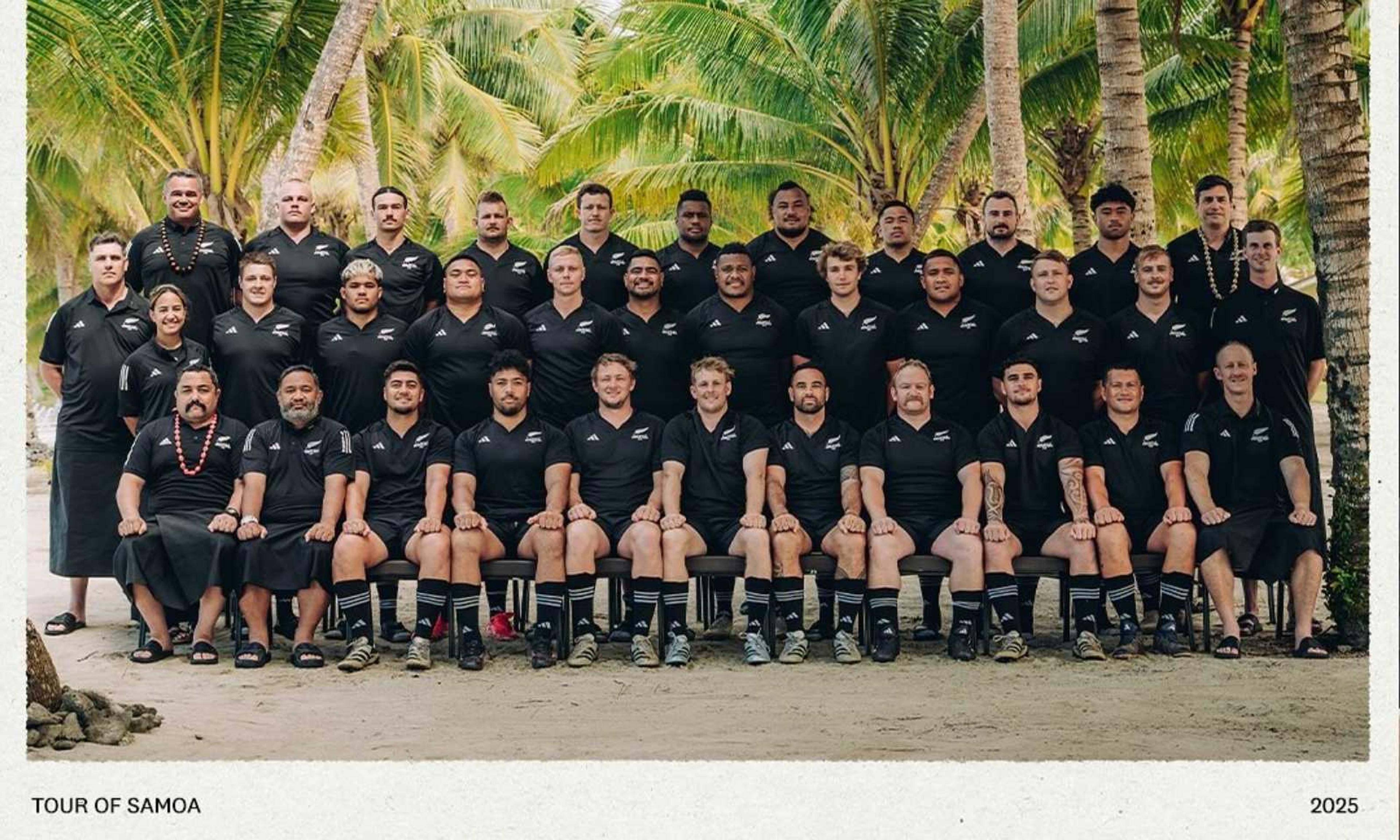
Heartland XV coach reflects on emotional return to Sāmoa
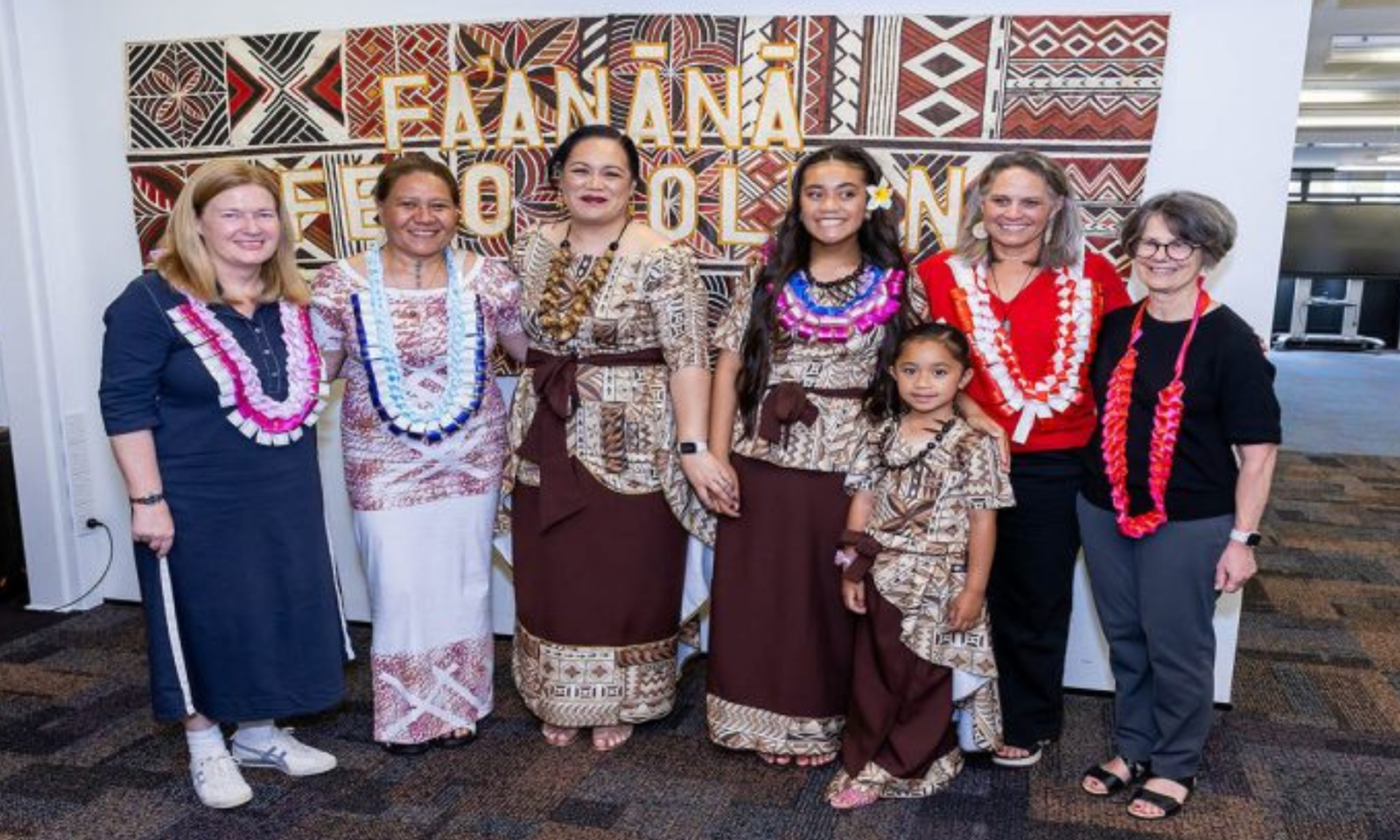

Advocates push for healing as redress debate continues for Lake Alice survivors

Law expert: US boat strike controversy a lesson for the Pacific

Heartland XV coach reflects on emotional return to Sāmoa


Advocates push for healing as redress debate continues for Lake Alice survivors
More than 730,000 people across Aotearoa took part in this morning’s ShakeOut earthquake and tsunami drill, the largest turnout since 2019.
The national exercise, held at Ōrewa Beach Primary School at 9.30am, encouraged schools, workplaces, and households to practise what to do during an earthquake or tsunami.
Alf Filipaina, Auckland Councillor for the Manukau ward, says national drills like ShakeOut help build everyday habits that could save lives.
“That is the sole reason we do this, so we are prepared,” he says. “We’re better prepared if there’s another cyclone or flooding. But let’s not forget other emergencies like earthquakes. It’s so important this becomes habit."
"That’s why these drills matter for our kids, so if anything happens - if it starts to shake or there’s flooding - they’ll know what to do from the training they’ve had.
“Whether it’s getting under a strong table or having a plan, being prepared is so important because you never know what can happen.”
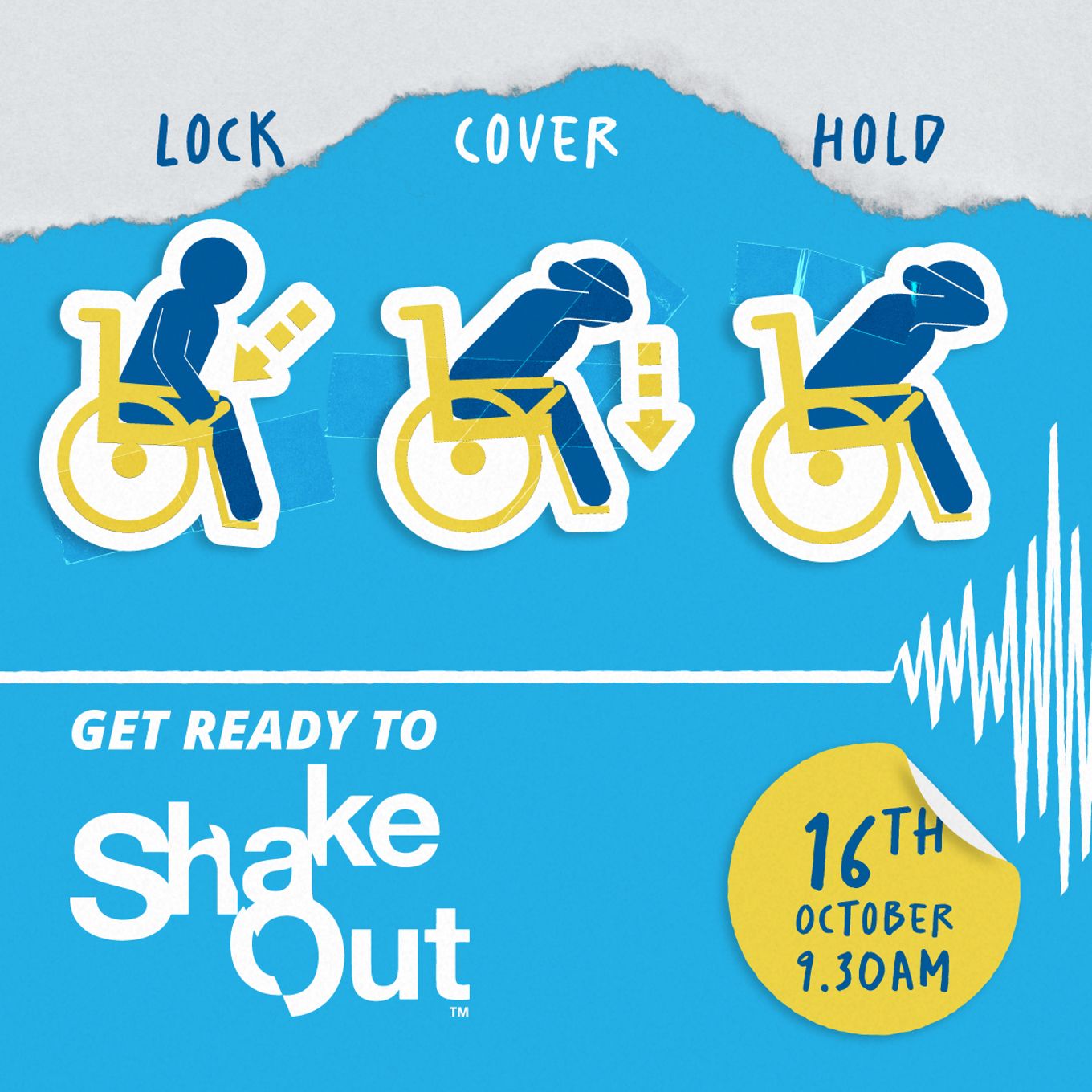
ShakeOut promotes inclusive preparedness, with guidance for people using wheelchairs to “Lock, Cover, Hold” during an earthquake. Photo/Auckland Council
The National Emergency Management Agency (NEMA) and Auckland Emergency Management (AEM) said the annual ShakeOut drill was a simple but effective way to prepare for emergencies.
John Price, Director of Civil Defence Emergency Management at NEMA, said the exercise reminded people that preparedness starts with individuals.
“Emergency preparation starts with all of us - first you, then your family, then your community,” he said. “Having a plan and being ready today means being safer in emergencies tomorrow.”
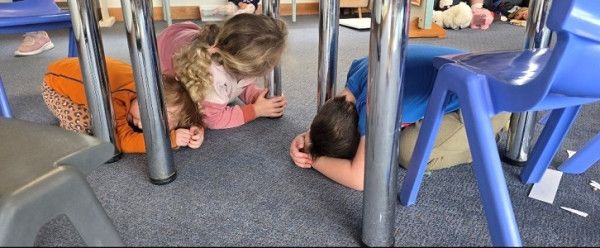
Children practise taking cover under their desks. Photo/Getready.govt
Participants were reminded to follow the “Drop, Cover, Hold” advice, with NEMA encouraging everyone to take part in whatever way worked for them.
“We want to make sure that all people, regardless of mobility or access needs, are able to learn the actions they need to stay safe during an earthquake,” Price said.
“That’s why we’ve created alternative guidance to ‘drop, cover, hold’ so that as many people as possible can take part in ShakeOut safely.”
Adam Maggs, AEM general manager, said it was a valuable opportunity for Aucklanders to practise simple actions that could make a difference in a real emergency.
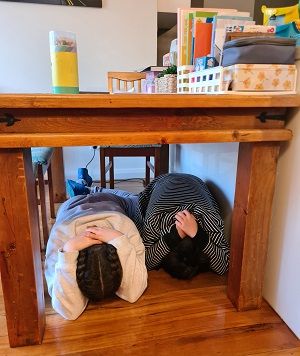
Families take part in the national ShakeOut drill, practising the “Drop, Cover, Hold” response under a sturdy table. Photo/Getready.govt
“We know the risk of a major earthquake hitting Tāmaki Makaurau is small, but it’s useful to know what to do if you are ever caught in a real earthquake or tsunami,” he said.
“This is also another great opportunity for Aucklanders to think about their preparedness for a natural disaster, including having a household emergency plan, and talking to family and friends about what to do in an emergency and how to stay informed.”
AEM promoted ShakeOut resources and information through its website and public channels.
Maggs said emergencies affect people differently, and not everyone can easily “drop.”
“That's why it is important that each of us practises the version of ‘Drop, Cover and Hold’ that works best for our situation,” he said. “For example, if you use a wheelchair, you can Lock, Cover and Hold; or if you have mobility impairment, you can Sit, Cover, and Hold. What matters most is knowing what works for you and practising it.”
ShakeOut is a self-run drill, meaning schools and workplaces tailor how they take part. Some simply practise “Drop, Cover, Hold,” while others use it as a chance to review emergency plans or prepare grab bags.
Accessible emergency-plan templates (including in braille, New Zealand Sign Language, audio and easy-read formats) are available at https://getready.govt.nz/shakeout
LDR is local body journalism co-funded by RNZ and NZ On Air.
